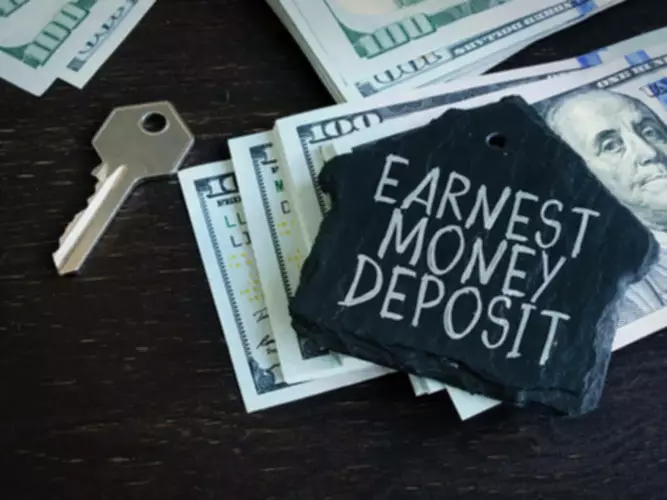Content

The capitalization rate is used to measure the profitability of commercial rental properties. A high cap rate indicates a relatively high income, relative to the size of the initial investment. However, there are also other factors to consider, such as risk and local market dynamics. Investors should be careful to consider a wide range of metrics in addition to the capitalization rate. Since capitalization rates are often used to evaluate real estate investments, let’s look at a real estate example to illustrate how the cap rate formula works.
- The obvious expenses to include are property taxes, insurance premiums, repairs and legal costs.
- It might seem overwhelming at first glance, but using the cap rate to determine the quality of an investment is actually quite simple.
- All things being equal (ceteris peribus), a seller will benefit from lower cap rates, increasing the price of the asset when it comes time to sell.
- In this example, both investors would enter into the investment expecting to achieve an annualized return of 8%, but they get there in very different ways.
- Let’s say you find two properties available at an identical price of $500,000 and the same cap rate of 9.92%.
Like any market, when more and more people try to buy something, they end up bidding the price up. If more and more investors compete to own a handful of investments, they bid up the price of those investments. This means there is an inverse relationship between cap rates and investment real estate prices. Thus, the more attractive an investment market is to investors, the lower the cap rates will be. The higher the cap rate, the lower the price of the investment property. This means investment markets with higher cap rates tend to be less desirable.
Broker Price Opinion
Appraisers frequently use this relationship to estimate the market value for a property based on a cap rate derived from comparable sales. The difference between the in-place rent and the ERV is the reversionary value of the property. For example, with passing rent of $160,000, and an ERV of $200,000, the property is $40,000 reversionary. Holding the valuers cap rate constant at 8%, we could consider the property as having a current value of $2,000,000 based on passing rent, or $2,500,000 based on ERV.
For instance, say the net operating income of a property is $50,000, and it is expected to rise by 2% annually. The net operating income is the (expected) annual income generated by the property (like rentals) and is arrived at by deducting all the expenses incurred for managing the property. These expenses include the cost paid towards the regular upkeep of the facility as well as the property taxes. In any case, it’s important to remember never to take on more risk than you can realistically absorb. Along with higher default rates, low-end rental properties also tend to suffer from greater wear and tear. Crime could prove a problem as well – another reality of some rental properties that cap rates fail to capture.
On-Time Every Time
Finally, if the passing rent payable on a property is equivalent to its ERV, it is said to be “Rack Rented”.

For example, if a building’s cap rate is 4.3%, it may only rise to 4.6%, depending on economic conditions and the property supply and demand balance in a given market. The capitalization rate is a metric in the form of a percentage used to reveal the rate of return of the investment property over a one-year time span. The CAP rate is shaped by the net operating income and the appraised value of the property. Despite these shortcomings, the Capitalization Rate remains a simple and popular valuation tool for real estate investors. The Capitalization Rate is calculated by dividing the investment’s net operating income (NOI) by the current market value of the property (or alternatively, the original capital cost). NOI is defined as the annual return on the property minus all operating costs.
Property Condition Inspection (PCI)
In the commercial real estate industry, it is common to say that this property sold at a 5.8% cap rate. There is no official definition of a good or bad cap rate in real estate because several factors can impact one property’s cap rate compared to another. Further, cap rates can change as interest rates, macroeconomic conditions, and investor sentiment shift.
While terminal cap rates accomplish the same basic function as standard cap rates, the formula is different. Instead of using the current market value, you can divide NOI by the expected sale price to calculate the exit cap rate. Because cap rates provide an cap rate defined (albeit limited) indication of a property’s value, they can be useful in considering refinancing. When investors are looking to save money by restructuring mortgage agreements, cap rates can indicate the property’s value through the loan-to-value evaluation.
Rocket Mortgage
Using the same example from above, an investor who invests in a rental property with a cap rate of 5% will take about 5 years to recover from the investment. Calculating the cap rate is relatively simple if you have the property’s net operating income (NOI). Remember to calculate NOI, subtract all expenses related to the property, excluding mortgage interest, depreciation, and amortization, from the property’s income. In theory, It can be negative, but in practice, it is highly unlikely. A negative cap rate would mean that the property’s expenses exceed its income, which is a sign of a poorly performing or low-quality investment property. In this case, it would likely be more beneficial to sell the property rather than continue investing in it.
Is cap rate the same as ROI?
The cap rate is the expected return based on the property value, but the ROI is the return on your cash investment, not the market value.
Careful market analysis, due diligence, and knowledgeable advisors are essential in identifying the risks of any commercial real estate investment. The capitalization https://www.bookstime.com/ approach uses a rate to determine the value of an investment. The return on investment (ROI) can mean several different types of returns in the investment world.
The Gordon Model For Cap Rate
Tenants with higher credit quality will drive cap rates lower, as will properties with high barriers to entry selling at or below replacement cost. In both cases, the income stream is likely to experience a level of growth during the hold period. In this example, both investors would enter into the investment expecting to achieve an annualized return of 8%, but they get there in very different ways. To get the value of net operating income, you will need to know the expected annual rent you can earn from the property. The maintenance expenses, management expenses, property taxes, insurance, and vacancy allowances are all needed to get an accurate net operating income figure. The current purchase price of the property is also required to come to the market capitalization rate.
What is cap rate and cash rate?
Lastly, the denominator used in the cap rate and cash on cash return formulas is different. In the cap rate calculation, the bottom number is the purchase price or market value. With the cash on cash return formula, the bottom number is the amount of cash invested, such as the property down payment.
The decision for investment is very subjective and can vary according to the investor’s risk appetite and earning objectives. Both the cap rate and the return on investment, or ROI, are valuable financial benchmarks that guide investment decisions. Where cap rates indicate relative risk levels, though, the return on investment actually quantifies the return that you can expect. For this reason, ROI is more valuable when projecting annual or quarterly returns, while cap rates are better for comparative benchmarking.
Additionally, if a property has a complex or irregular net operating income stream, only a full discounted cash flow (DCF) analysis will result in a reliable valuation. At the end of the day, cap rate is just one piece of the real estate puzzle. You shouldn’t invest your money in a property solely based on its cap rate. However, there’s no doubt that you should take it into consideration to make as informed of a decision as possible. You can’t predict the future with just an equation, but you can come close.
Many new investors may wonder how to determine when a cap rate is “good” or acceptable for their investment. Cash-on-cash returns reflect your personal return on investment only from your own cash, rather than the property’s theoretical return. One expense that’s NOT included when calculating the cap rate is financing costs, such as mortgage principal and interest payments. Investors don’t have a clear definition of a strong or weak capitalization rate.
